It’s so maddening when we knit something in stockinette stitch and the edges curl!
The end result is not what we expected because of the edges curling, and often we don’t know how to prevent it from happening.

Sometimes it happens with stitches other than stockinette, but we still want the same result: that our scarf comes out nice and straight, with perfect edges.
We’re going to show you a few different methods to prevent the edges of your knit scarf from curling, and none of them are complicated.
The most well known method to prevent curling is by blocking. How do you do that?
When you’re finished knitting your project and you’ve bound off your stitches, put your garment into tepid water with a bit of pH neutral soap.
Let the wool soak for about 30 minutes, but don’t rub!
After 30 minutes, rinse carefully and drain the excess water without wringing or twisting (you don’t want to risk felting your project), wrap it in a towel and squeeze gently.
Next, lay your project out on a flat surface where you can pin it into the desired shape.
Let it dry and you’re done, your edges will lay flat, and the stitch pattern will be more defined.
*You’ll have to repeat this process every time you wash your project. And remember, it only works with animal fibers, like those of our WAK Wool skeins.
Other options:
Add a garter stitch or seed stitch border
Easy, peasy. Instead of knitting one row and purling one row, add a few knit stitches to the edges (if you want to, you can use seed stitch to add more, the process is the same).

Row 1: knit all stitches.
Row 2: knit two or three stitches (depending upon the width you want for your border), purl until you have the same number of stitches left that you knit for your border at the beginning of the row, knit remaining stitches.
Some wools curl more than others, so the number of stitches needed to help your edges lay flat may vary, but you should leave a minimum of two stitches on each edge.
Add a decorative lacy border
This is probably the prettiest option of all, an added bonus to any stockinette project.

It consists in adding a lacy stitch on each edge of your scarf, in the following manner:
Row 1: knit one stitch, wrap the yarn around the needle and then knit the next two stitches together. Knit all stitches until there are three stitches left, knit two stitches together, wrap the yarn around the needle and knit the last stitch.
Row 2: purl all stitches, including the wrapped yarn from the previous row.
If you decide to try this method, remember to add three stitches more to each edge of your project (six stitches total).
Slipped stitch border
This is the least known technique, but it’s also the only one that doesn’t change the appearance of your pattern. That means it’s perfect for when you don’t want to add a border that’s different than stockinette, right?

It’s worked in four rows, so you have to pay more attention, but it’s very easy to catch on.
The end result is an edge that only curls on the first stitches, and makes them a little bit thicker. Absolutely perfect!
Row 1: knit 1 stitch, slip the next stitch to the right needle without knitting, knit all stitches until two stitches are left on the left needle. Slip the next stitch without knitting and knit the last stitch.
Row 2: purl all stitches.
Row 3: slip the first stitch without knitting, knit the next stitch, slip the third stitch without knitting. Knit all stitches until there are three stitches left on the left needle. Slip the next stitch without knitting, knit one stitch and slip the last stitch without knitting.
Row 4: purl all stitches.
What we’re doing when we slip some stitches at the beginning and end of the row is isolate the edges so only those stitches curl.
You’ll have a thicker edge like you can see in the photo:

If you know of another technique to prevent the edges from curling, tell us about it in the comments section.
And remember we have lots of scarf kits available so you can practice these methods.
Don’t stop sharing your projects on social networks using the tag #WeAreKnitters, you can win $75 of WAK products each month.
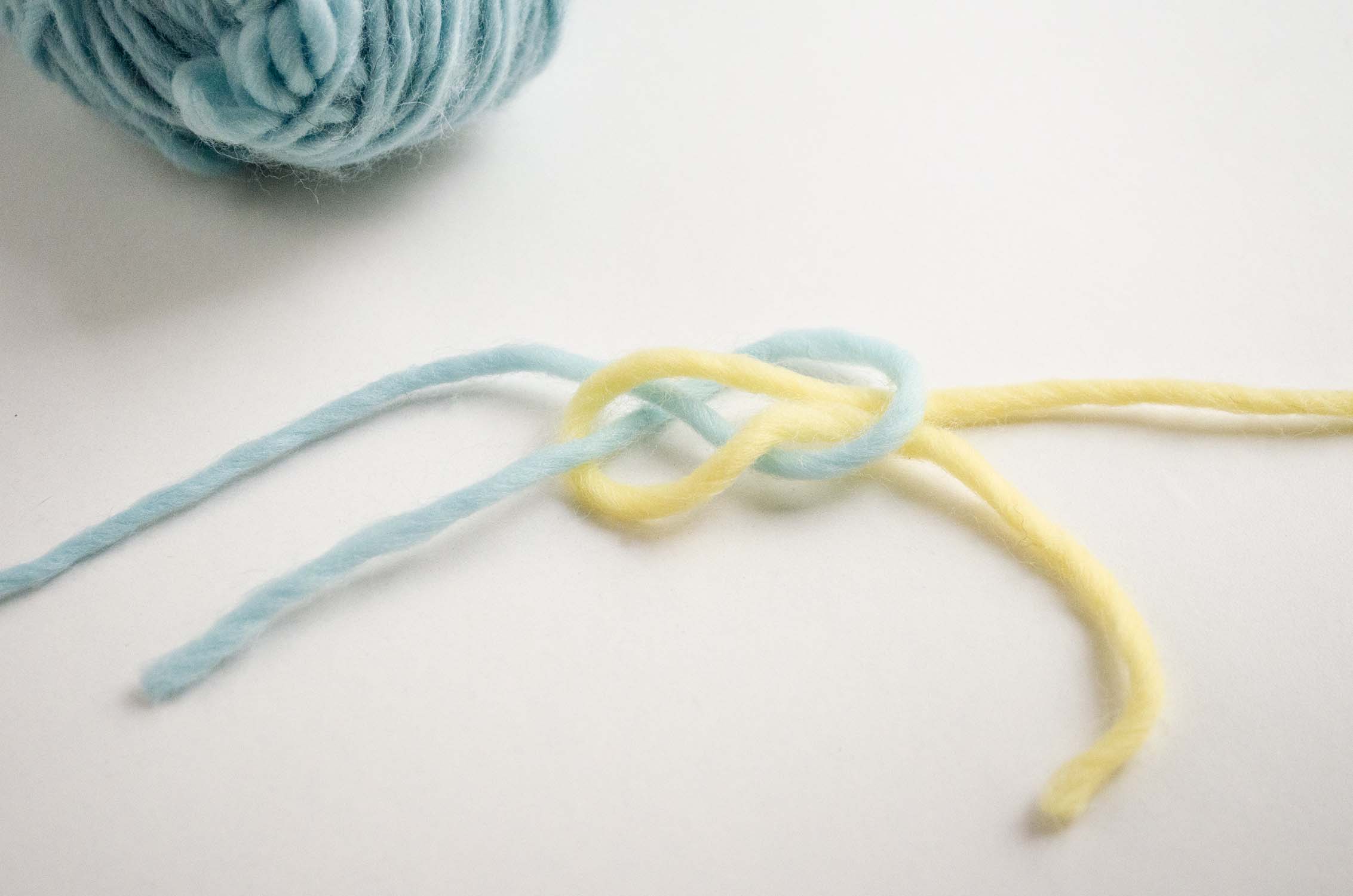
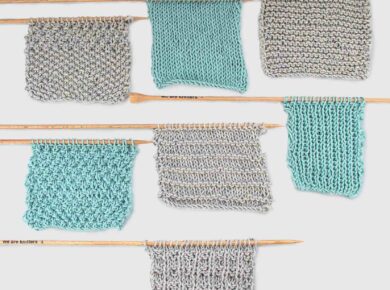

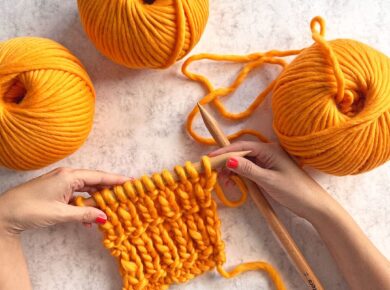
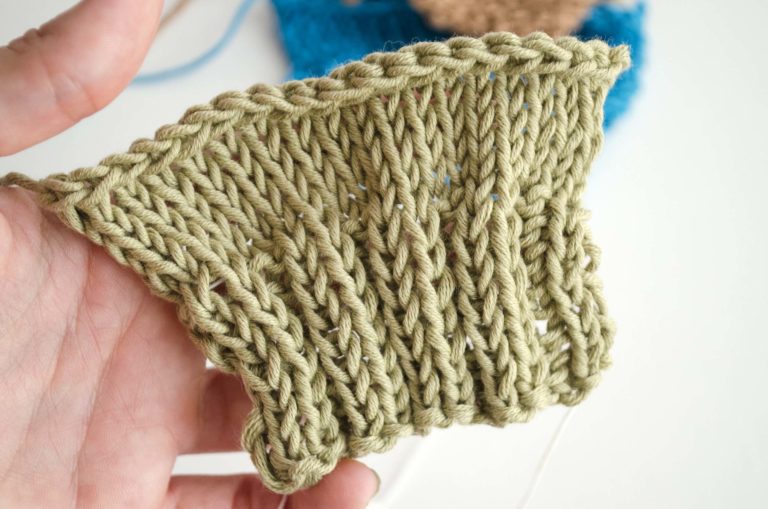

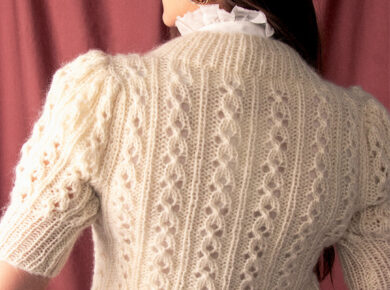
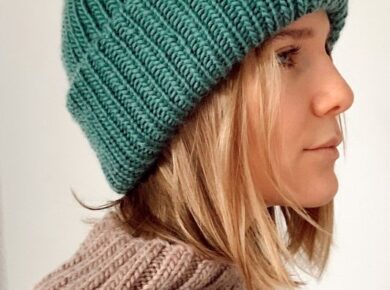

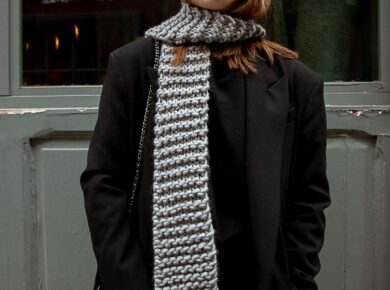
15 comments
I love this knitting site, products and the people so much, everyone is so beautiful and kind! If We Are Knitters published with Knitting Book with all their patterns I would buy it!
awe 🙂 thank you!!!! we love you too!
and stay tuned for the book – maybe one day we’ll have one 😉
My mum always cast on her stitches and then next row knitted into the back of the cast on stitches. I’ve always used this method and definitely have never had ‘curled’ edges.
I was taught to simply slip the first stitch of each row to avoid the curl…so you slip the first stitch on the knit row and then slip the fist stitch on the purl row…but the first 2 techniques that you show are so cool, I’m dying to try them! Thanks!
Yes! Slipping the first stitch definitely is a great way to avoid the curl too. Let us know how it goes when you try the new techniques 🙂
My favorite method for a nice edge which also makes sewing a project together much easier is as follows. You knit the same method on each row. 1. Knit first stitch through the back loop, continue with pattern until 1 stitch remains, bring yarn to the front and slip last stitch off the needle without working it. This really makes a nice straight edge and works with virtually every pattern.
That is great advice too! Thanks for sharing 😀
Oh I would buy the book too! I just bought 3 kits and they are wonderful. The yarn is beautiful. I love the needles. I love the reusable brown paper bags holding the kit. I’ve only opened one of them, and I’m saving the others for treats for myself. (Just like Christmas!) Directions are amazing, and I can’t wait to start working on my first one. You guys are the best! Yes, WE ARE KNITTERS, and you make us even better.
Hi!! We’re thrilled to hear that you love the kits!! That’s the feedback that keeps us making new ones 😉
Happy knitting!!! Don’t forget to share your pics with us on Instagram with #weareknitters or on our Facebook page.
Let us know if you need anything else!
Um . . . none of those would work. Are there real knitters that work there? Beginner knitters are going to take this bad advice and then wonder why their project still roll.
STOCKINETTE ROLLS
1) blocking will not help
2) ONE stitch of garter will not help (even 4 doesn’t really do it, that edge just folds over)
3) Nope
4) FOR SURE NOT
Please hire real knitter to write for you. Or better yet, designers or teachers. This is not okay.
Hi Stacy!
Hi! Thanks for your comment! If you choose to keep working in Stockinette Stitch, these methods will definitely help – but there is nothing that will 100% prevent Stockinette Stitch from curling, so you may need to use a different stitch instead if you want something that lays totally flat.
We’ve tried all of these techniques in our knitting projects (hence the pictures above 😉 ), and we do find them to help with keeping the edges from curling up – but there are other methods that you may find are more effective in your projects.
One other tip we can give you is that when you go to put your knitted work away, make sure to keep the edges flat as you fold your item and then the weight of the wool and gravity will help you 🙂
Happy knitting!
When doing the stockinette stitch, I just slip the last stitch on each row. This seems to work for me. I learned this method many years ago
Cool! That seems to be a pretty common method! Thanks for sharing 🙂
Have knitted a huge shawl in STOCKINETTE Stitch. Edges roll.
None of the above worked when was knitting.
Can you advice some thing to stop curling post completion of project.
we’ll work on making more posts about stockinette stitch in the future 🙂